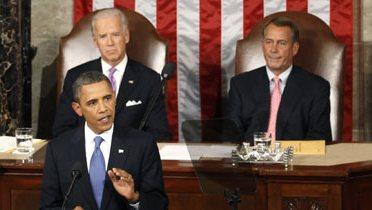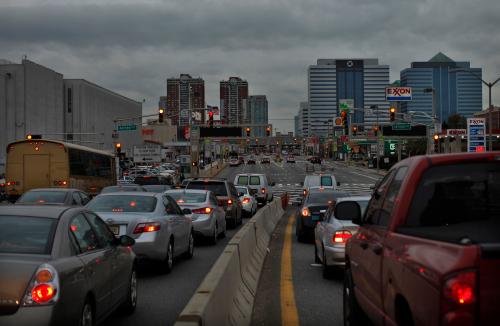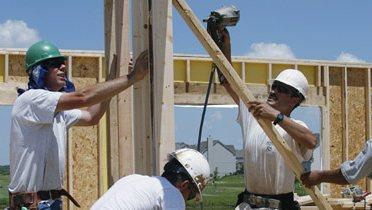On Monday, President Obama advanced several steps to boost economic growth and job creation, including a national infrastructure bank. In doing so, he resuscitated a proposal, initially offered during his campaign, that enjoys substantial support among legislators in both the House and Senate as well as from workers, firms, and organizations involved in transportation, communication, and construction.
This move reflects, I suspect, the president’s recognition that traditional demand-side stimulus runs up against limits in downturns sparked by financial crises. If individuals and households are burdened with excessive debt, they are more likely to use additional resources from tax cuts and transfer payments to pay down that debt than to make purchases they otherwise would have foregone. And if businesses do not foresee rising consumer demand, they will be reluctant to hire additional workers. In these circumstances, stimulating new investment in infrastructure represents a promising alternative strategy.
Much will depend on the architecture of this proposed institution. There is widespread agreement that it should focus on large regional initiatives that cut across jurisdictional lines and that its decisions should be made by a board of governors insulated from traditional political pressures. To reach the scale at which it could make a real economic difference, it must be able to leverage a modest amount of publicly provided capital to attract much larger amounts of private capital, which would demand a reasonable rate of return. To provide it, most projects the bank funds would have to generate revenue streams from user fees and other sources. The bank could supplement these fees with subsidies that reflect the gap between the private goods projects generate and the public goods whose value cannot be recaptured from individual beneficiaries.
The president’s proposal faces an uncertain fate. With the mid-term election campaign in full swing and political polarization at its highest level in more than a century, cooperation across party lines will be hard to achieve—even though the initial senate bill was introduced with bipartisan support just a few years ago. In the longer term, a bank structured to reduce politically motivated earmarks and to expose proposed infrastructure projects to a market test might attract a broader base of support than is now in evidence.
But whatever its immediate prospects, President Obama’s proposal offers a welcome new direction in an increasingly shrill and decreasingly productive economic debate. It shifts the focus toward the kinds of public action that can help build a more efficient and competitive economy in the long run. And it recognizes a key reality: the consumer-led model of economic growth on which we have depended for decades has hit a wall. It’s time for investment to lead the way, with new partnerships between the public and private sectors. Done right, the infrastructure bank would represent not only a new institution, but also a new paradigm.
The Brookings Institution is committed to quality, independence, and impact.
We are supported by a diverse array of funders. In line with our values and policies, each Brookings publication represents the sole views of its author(s).






Commentary
Infrastructure Bank Proposal Would Spur Economic Growth
September 7, 2010